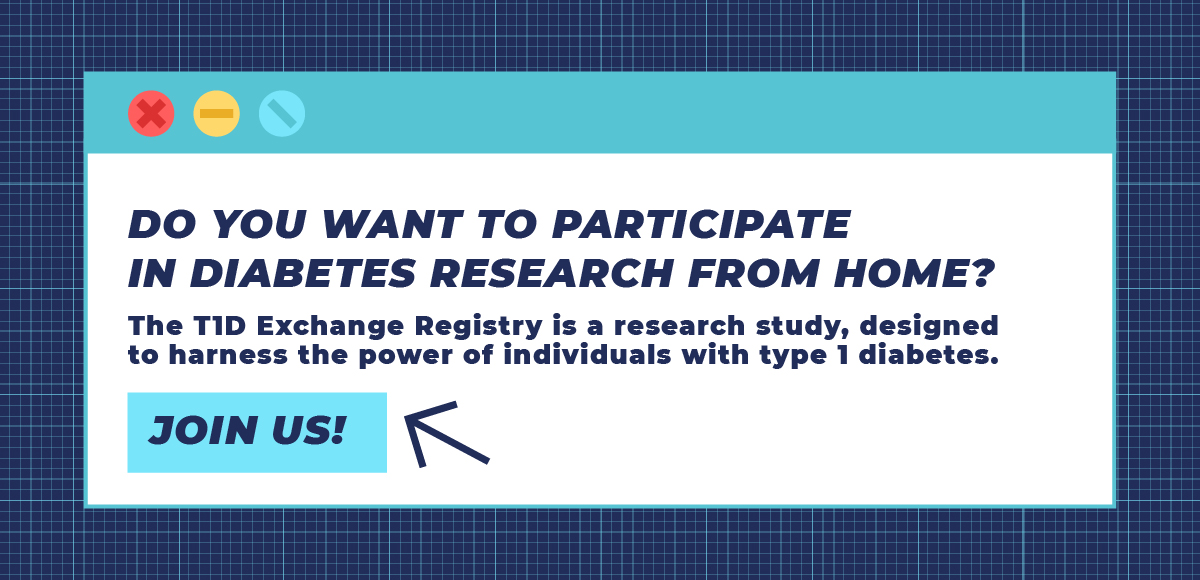
Sign up for a new account.
And get access to
The latest T1D content
Research that matters
Our daily questions
Sign up by entering your info below.
Reset Your Password
Don't worry.
We will email you instructions to reset your
password.
Lavik, A.R, Jones, N.H.Y, Rompicherla, S, Greenfield, M, Chen, J, Polsky, S, Alonso G. T, Corathers, S, Blackman, S, Gallagher, M. P, Demetero-Berggren, C, Garrity, A, Ebekozien, O
Objectives: We sought to examine the United States (US) trends in diabetic ketoacidosis (DKA) across the lifespan during the COVID-19 pandemic and factors associated with these trends, compared to DKA rates the year prior to the pandemic.
Methods: The T1D Exchange Quality Improvement Collaborative (T1DX-QI) collected aggregate data on the incidence of DKA among children and adults with established and new-onset T1D from 7 large medical centers in the US (total T1D population >15,000). We compared DKA rates during COVID-19 Wave 1 (March-May 2020) and COVID-19 Wave 2 (August-October 2020) to the same periods in 2019. Descriptive statistics were used to summarize data. Chi-square tests were used to compare differences in patient characteristics.







